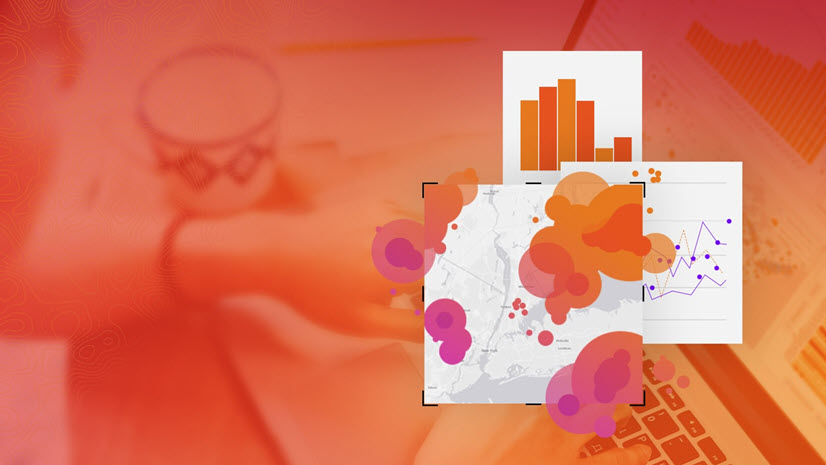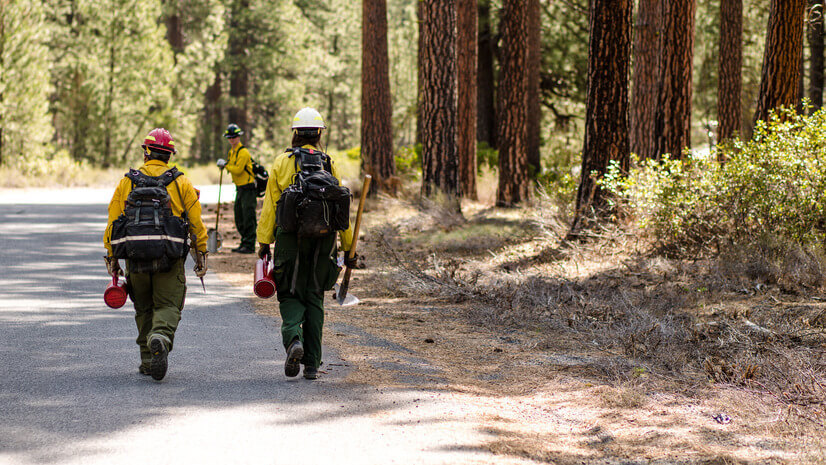Our world is multidimensional, and first responders need geographic information system (GIS) technology and mapping solutions to meet the challenges they face, including the lack of current above- or belowground location information. In the United States, the Federal Communications Commission approved its long-anticipated mandate on wireless operators, requiring better location information with the information packet they send to emergency call centers through wireless carriers. The mandate includes improved indoor location accuracy and routing.
Industry trade organizations like the European Emergency Number Association (EENA), the Association of Public-Safety Communications Officials (APCO), and the National Emergency Number Association (NENA) have worked tirelessly to provide thought leadership and technical insight as the next level of best practices modeling is completed. Esri has been privileged to work with these organizations, and our scientists are working continually to make sure GIS technology is ready to assist. This blog and video express some of that work.
GIS improves the ability of public safety answering points (PSAPs) to cross-reference their service districts and jurisdictional boundaries, including providing best practices in enterprise-wide or intergovernmental GIS data management and sharing. ArcGIS intrinsically accesses and leverages intuitive data management workflows that provide location coordination from the command center to the field. It allows information collection and updating from the field to improve the overall database.
Purpose-built dashboards and applications are added benefits of leveraging ArcGIS 3D capabilities and implementing a well-designed GIS can improve internal collaboration within your organization or with outside partners.
Because Esri is involved with best practices and thought leadership from the ground up, we’re already incorporating many of the NENA requirements for call handling information in x, y, and now z-axis. That means you’ll be able to answer questions like:
• What is the height above ground for that emergency call?
• What floor is the caller asking for help from?
• What unit number is the request coming from?
• Is there additional information related to that location?
First responders need timely updates to address corrections, adjustments, or additional access/egress points. Embracing a strategy that includes an enterprise approach, utilizing 2D and 3D maps will keep your PSAP prepared for the z-axis information as soon as it becomes available in your jurisdiction.
Next Generation 911 (NG911) is driving requirements for more accurate address mapping so emergency calls can be accurately matched to street addresses regardless of elevation. ArcGIS Solutions will help your first responders by providing more accurate information in three-dimensions. You can learn more about Esri’s 3D solutions at esri.com/3D. Watch for our other videos explaining how GIS benefits the PSAP/command and control center. Please reach out to us if you’d like more information at esri.com/911.




